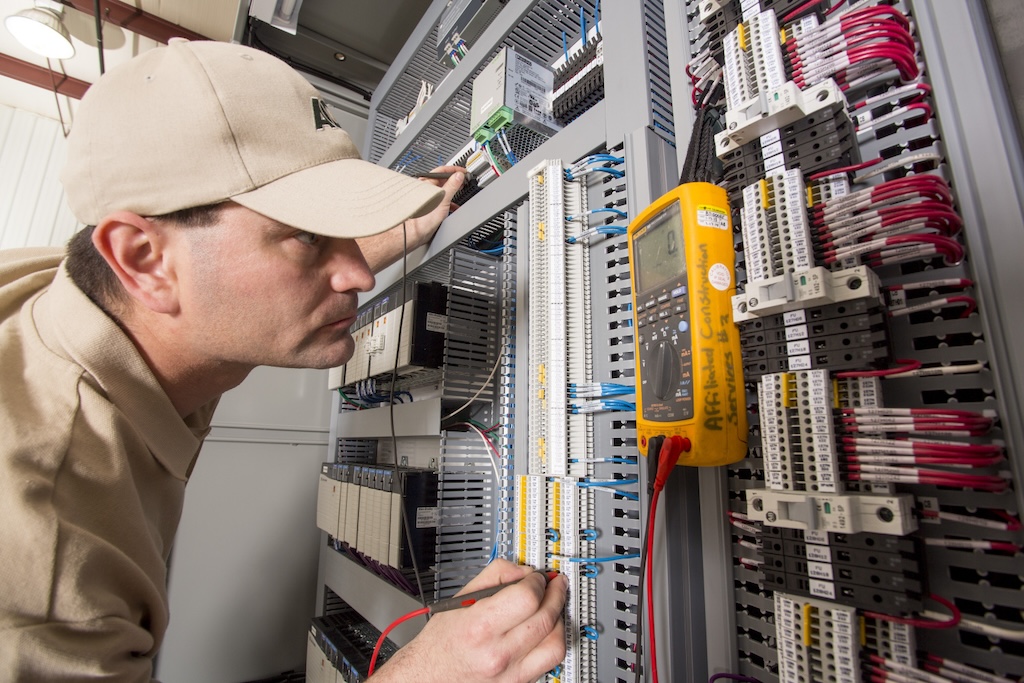What is work?Work is the application of force over a distance, with one catch — the distance only counts if it is in the direction of the force you apply. Lifting a weight from the floor and putting it on a shelf is work. The force is equal to the weight of the object, and the distance is equal to the height of the shelf.
What is work?
Work is the application of force over a distance, with one catch — the distance only counts if it is in the direction of the force you apply. Lifting a weight from the floor and putting it on a shelf is work. The force is equal to the weight of the object, and the distance is equal to the height of the shelf. If you pick up the weight and walk across the room before you put it on the shelf, you wouldn’t do any more work than if the weight were sitting on the floor directly beneath the shelf. It may feel like you did more work, but while you are walking with the weight, you move horizontally, while the force from the weight is vertical.
Work is energy that has been used. When you do work, you use energy. But sometimes the energy you use can be recovered. When a car drives up the hill, the work it does to get to the top helps it get back down. Work and energy are closely related.
What is power?
Power is a measure of how fast work can be done. Using a lever, you may be able to generate 200 ft-lb of torque. But could you spin that lever around 3000 times per minute? That is exactly what your car engine does.
The SI unit for power is the watt (W). One watt is equal to one Newton-meter per second (Nm/s). If you push on something with a force of 1 N, and it moves at a speed of 1 m/s, your power output would be 1 W. Power can also be viewed as a unit of speed combined with a unit of force.
What is Energy?
Energy is a measure of how long we can sustain the output of power, while power is the rate at which we do the work. One common unit of energy is the kilowatt-hour (kWh). If we use 1 kWh of power, a kilowatt-hour of energy lasts 2 hr. If we use 10 kW of power, we use the kilowatt-hour of energy for just 6 min.
The two kinds of energy are potential and kinetic.
Potential Energy
Potential energy is energy waiting to be converted into power. Gasoline in a fuel tank, food in your stomach, a compressed spring, and a weight hanging from a tree are examples of potential energy.
The human body converts food into power, which can be used to do work. A car engine converts gasoline into power, which can also be used to do work. A pendulum clock uses the energy stored in hanging weights to do work.
When you lift an object higher, it gains potential energy. The higher you lift it, and the heavier it is, the more energy it gains. For example, if you lift a bowling ball 1 in., and drop it on the roof of your car, it won’t do much damage (please, don’t try this). But if you lift the ball 100 ft and drop it on your car, it will put a huge dent in the roof. The same ball dropped from a higher height has much more energy.
Kinetic Energy
Kinetic energy is energy of motion. Objects that are moving, such as a roller coaster, have kinetic energy ( KE ). If a car crashes into a wall at 5 mph, it shouldn’t do much damage to the car. But if it hits the wall at 40 mph, the car will most likely be totaled.
Kinetic energy is related to potential energy. The more the object weighs, and the faster it is moving, the more kinetic energy it has. The formula for KE is:
KE = 1/2 mv 2where m is the mass of an object and v is its velocity.
Kinetic energy increases with the square of the velocity. This means that if a car is going twice as fast, it has four times the energy.
Common units of energy
SI:
Newton meter (Nm)
1 Nm=1 J
Joule (J)
1 J= 0.239 cal
Calorie (cal)
1 cal= 4.184 J
Watt hours (Wh)
1 Wh= 3600 J
Kilowatt hours (kWh)
1 kWh= 1000 Wh
1 kWh= 3,600,000 J
1 kWh= 3412 BTU
ENGLISH:
Foot-pound (ft lb)
1 ft lb= 1.356 Nm
British Thermal Unit (BTU)
1 BTU= 1055 J
1 BTU= 0.0002931 kWh



